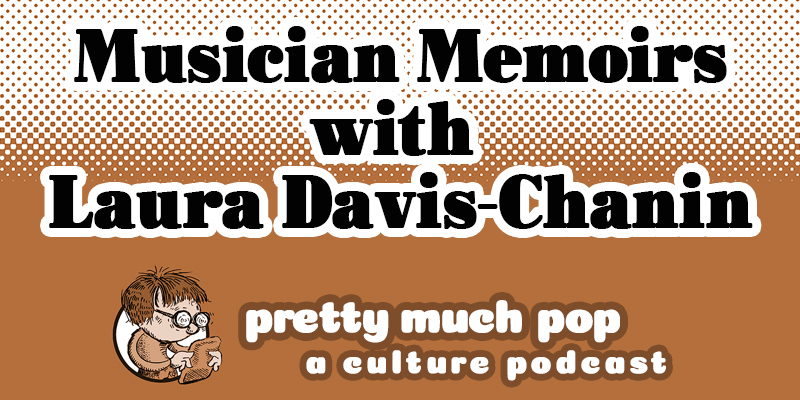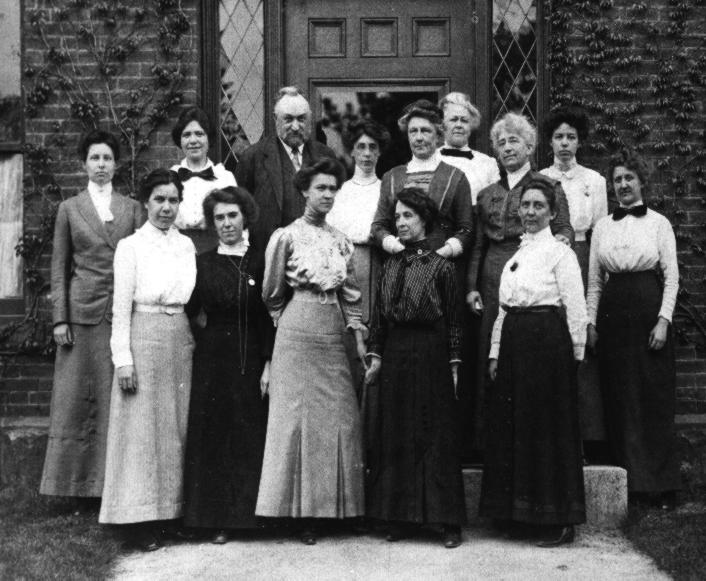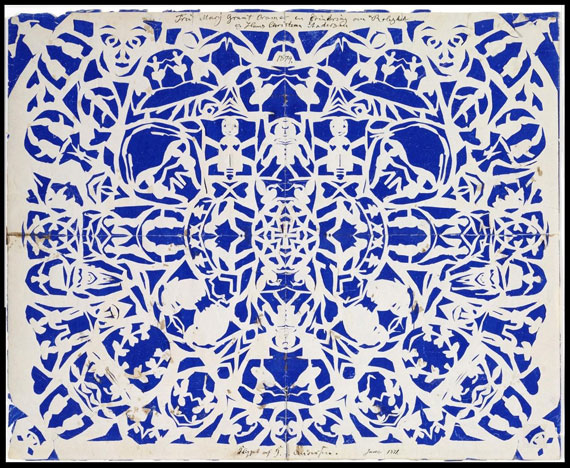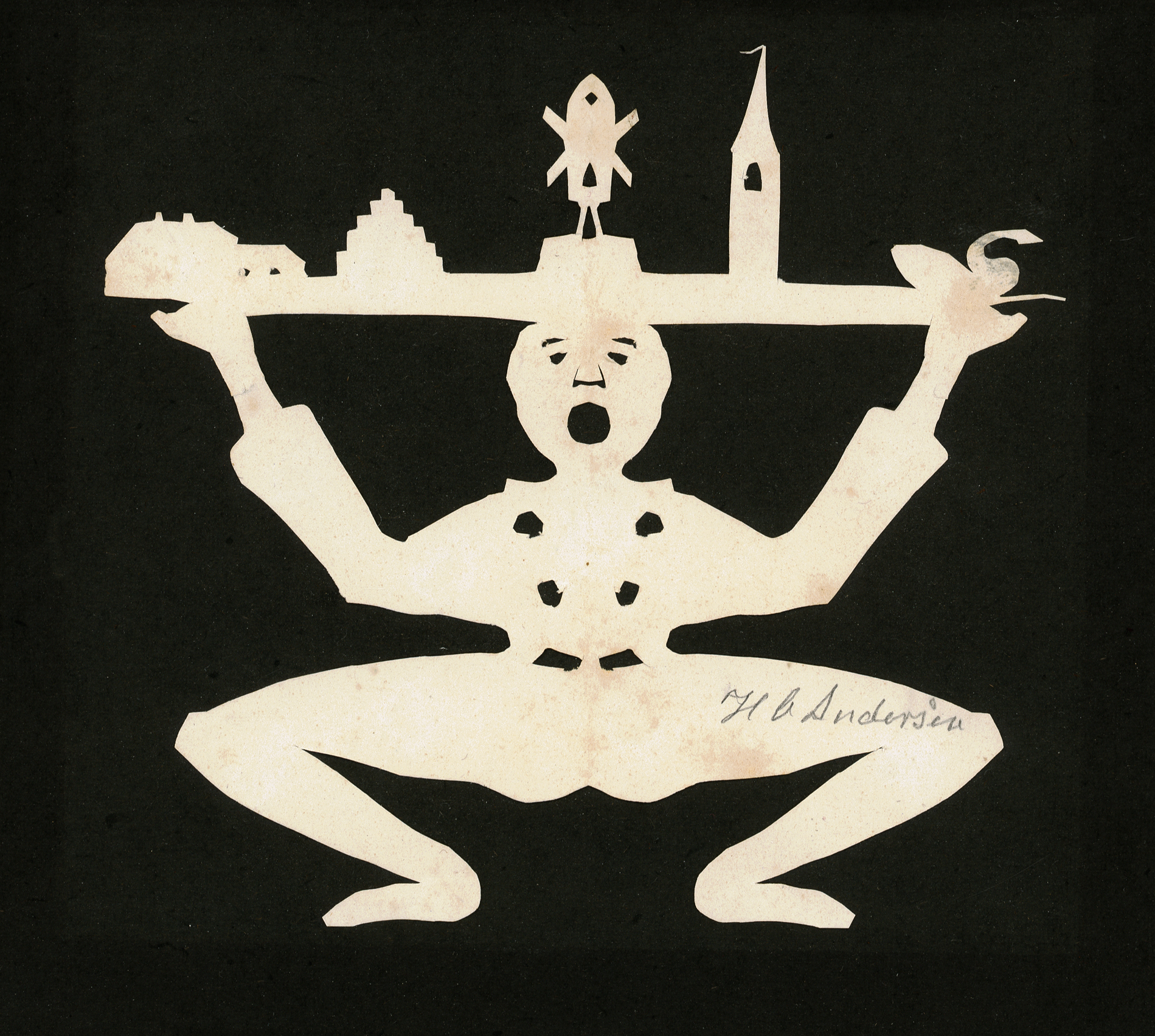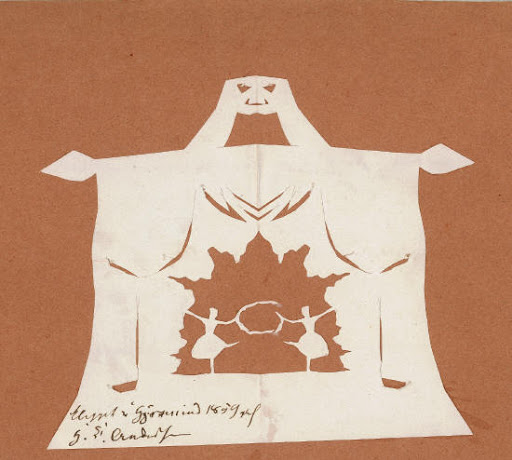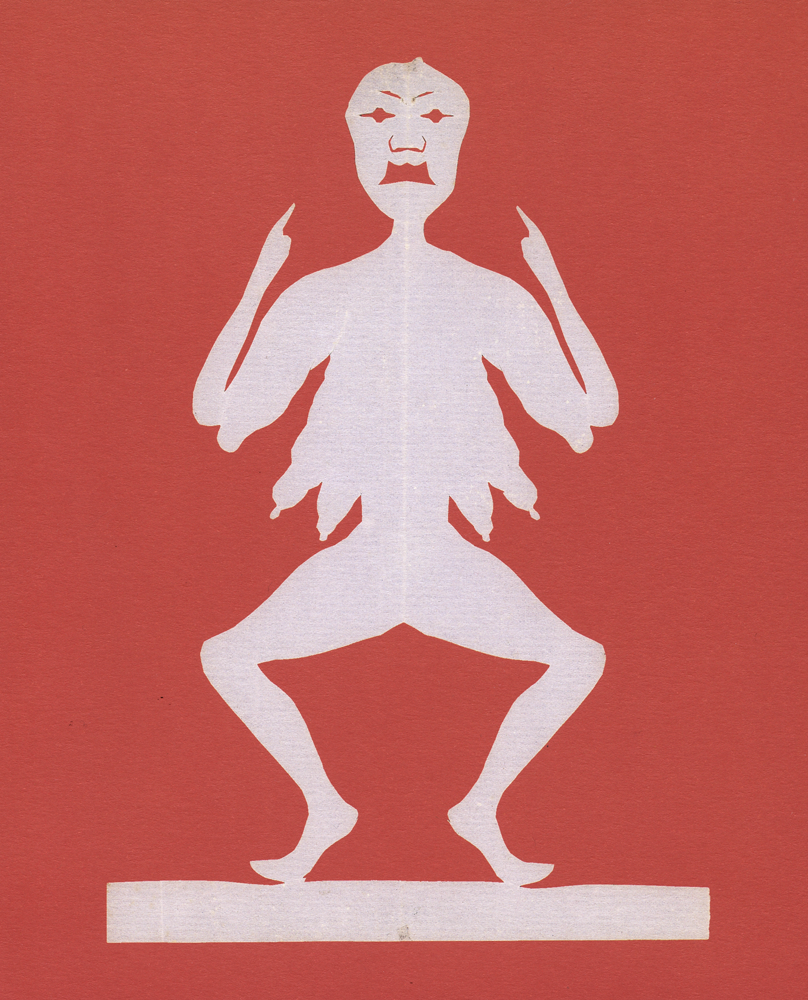“Being born Black in America… we all know how that goes.…”
—Miles Davis, liner notes for A Tribute to Jack Johnson
When Muhammad Ali saw James Earl Jones play a fictionalized Jack Johnson on Broadway in Howard Sackler’s Pulitzer Prize-winning The Great White Hope in 1968, he reportedly exclaimed, “You just change the time, date and the details and it’s about me!” In Johnson’s time, however, most white heavyweight fighters flat-out refused to fight Black boxers. Heavyweight champion Jim Jeffries swore he would retire “when there were no white men left to fight.” He left the sport in 1905, refusing to fight Johnson even after Johnson had knocked his younger brother out in 1902 and taunted him from the ring, saying, “I can whip you, too.”
After Jeffries retired undefeated, the next heavyweight world champion, Tommy Burns, agreed to fight Johnson in 1908 and lost when police stopped the fight. Two years later, lured out of retirement by the press and a $40,000 purse, Jeffries finally agreed to fight Johnson, who was then the heavyweight champion of the world. By that time, the bout had been framed as an existential racial crisis. Johnson was “the white man’s despair” and his challenger “The Great White Hope.” Jeffries played the part, saying, “I am going into this fight for the sole purpose of proving that a white man is better than a Negro.”
Novelist Jack London dreamed of a magical scenario in which the full force of European history would inhabit Jeffries’ body. He “would surely win” because he had “30 centuries of tradition behind him — all the supreme efforts, the inventions and the conquests, and, whether he knows it or not, Bunker Hill and Thermopylae and Hastings and Agincourt.” Bluster and mythmaking do not win boxing matches. Out of shape and outclassed in the ring, Jeffries lost in 15 rounds in front of 22,000 fans on July 4, 1910, in what was known as the “Fight of the Century.” Johnson walked away with $117,000 and held the title for another five years.
Johnson’s victory was a triumph for African Americans, who staged parades and celebrations, and a profound defeat for “white boxing fans who hated seeing a black man sit atop the sport,” notes a Johnson biography. They took out their rage in “race riots” that evening, attacking Black people in cities around the country as collective punishment for a perceived collective humiliation. Hundreds of people were injured and around 20 killed. The videos above from Vox and Black History in Two Minutes (featuring Henry Louis Gates Jr.) tell the story.
White boxing fans’ rage had been building since the Burns fight, Vox explains, stoked by the newest form of mass media, commercial motion pictures, which came of age at the same time as professional boxing. Film reels of prizefights circulated the country at the turn of the century, and paying audiences cheered their heroes on the screen: “Boxing, going back centuries, has been wrapped up in themes of identity and pride.” Boxers represented their community, their nationality, their race. Spectators “imagined,” says American University historian Theresa Runstedtler, “that boxers in the ring, particularly for interracial fights, were almost engaged in this kind of ‘Darwinian struggle’” for dominance.
As a result of the violence on July 4, authorities attempted to ban film of the Johnson vs. Jeffries fight, and “police were instructed to break up screening events.” The ostensible reason was that the film caused “rioting,” as though the perpetrators could not themselves be held responsible, and as if the film were itself incendiary. But what it showed, the Black press of the time pointed out, was nothing more or less than a fair fight, something Jeffries and boxing legend John L. Sullivan immediately conceded in the press afterward. (“I could never have whipped Johnson at my best,” said Jeffries.)
In truth, “white authorities were worried,” says Runstedtler, “about the symbolic implications…. They worried that any demonstration of Black victory and any demonstration of white weakness or defeat would undercut the narratives of white supremacy, not just in the United States,” but also in colonies abroad. The film had to be banned worldwide, but the fight to suppress it only pushed it underground where it proliferated. Finally, in 1912, Congress banned the distribution of all prize-fight films, with Southern members of Congress “especially interested in the proposed law,” it was reported, “because of the race feeling stirred up by the exhibition of the Jeffries-Johnson moving pictures.”
Aside from the extremely fragile reaction to a boxing film, what might strike us now about the violence and the controversy surrounding the screenings is the vehemence of racist invective among many commentators, who mostly followed London’s lead in openly extolling white supremacy. This was not at all unusual for the time. The narrative was woven into the fight before it began. And when the “Great White Hope” went down, he did not do so as an individual contender, standing or falling on his own merit. The fight’s announcer, in audio paired with the fight reel above, pronounced him “humiliated, beaten, a betrayer of his race.”
Related Content:
“Muhammad Ali, This Is Your Life!”: Celebrate Ali’s Life & Times with This Touching 1978 TV Tribute
Muhammad Ali Gives a Dramatic Reading of His Poem on the Attica Prison Uprising
Ernest Hemingway’s Delusional Adventures in Boxing: “My Writing is Nothing, My Boxing is Everything.”
Josh Jones is a writer and musician based in Durham, NC. Follow him at @jdmagness
